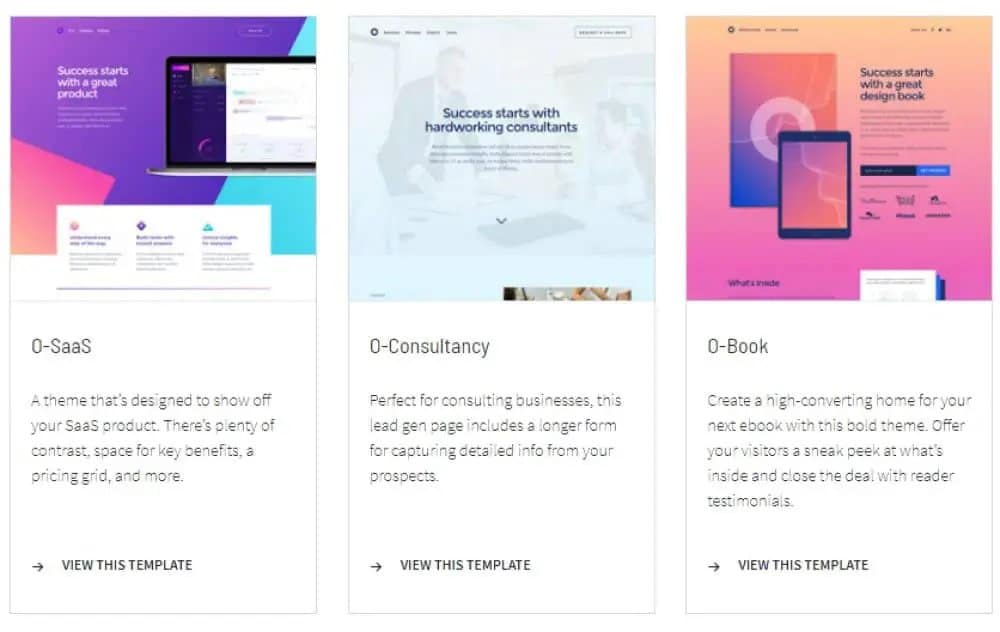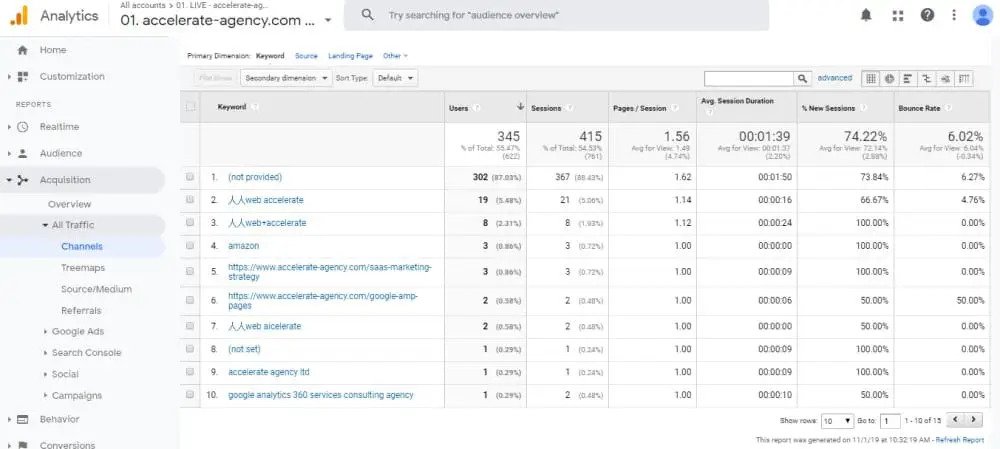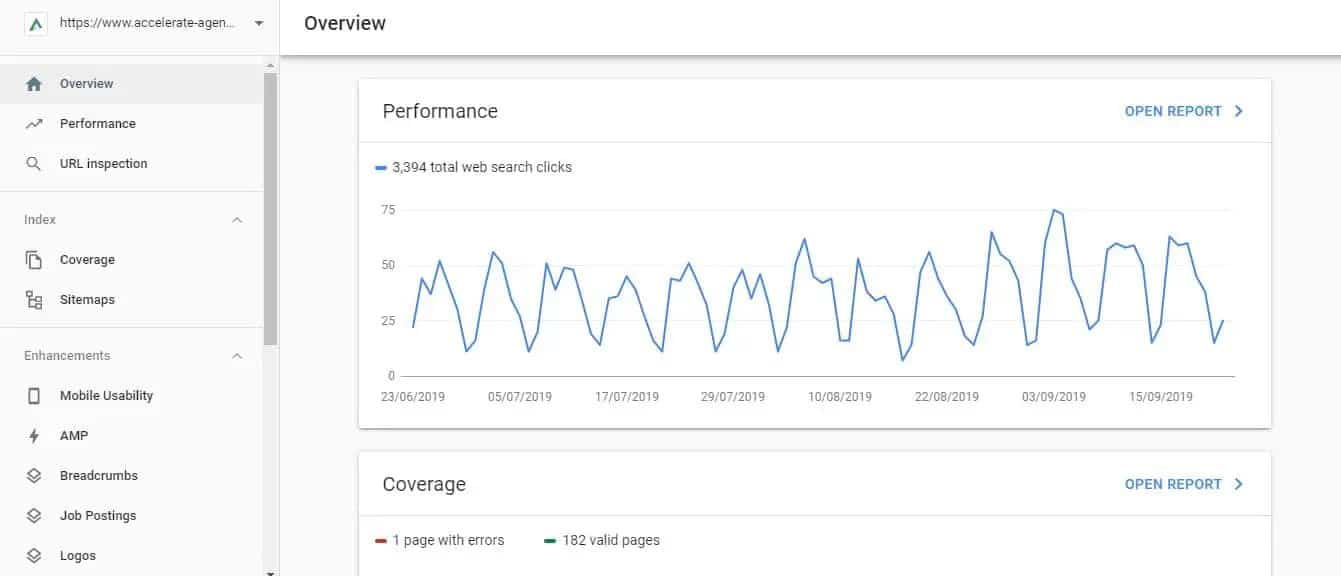4 Free Website Management Tools You Can Use to Generate More SaaS Sales
As a SaaS business, your website is the lifeblood of your company. It’s as essential to you as a shopfront is to any traditional retailer. The modern website is far more than words and images on a screen. There are lots of aspects of site design, operation, and performance that you must keep across. To name just a few, you need to track and manage:
- How your site looks across different devices
- How your website performs and the user experience it delivers
- What users like about your pages and what isn’t working as well
- How your pages rank on Google
- The effectiveness of different marketing efforts in bringing visitors to your website
- The rate at which site visitors convert into customers
Running a SaaS business and its website is no easy task. To keep all of those plates spinning, you’re going to need a little help. Fortunately, there are different website management tools out there to make life easier. There are even a few great ones that are free to use. The following are four examples of tools or types of tools that you’re going to want to check out:
- Landing Page Builders
- Heatmap Tools
- Google Analytics
- Google Search Console
Let’s take a look at each in turn. Along the way, we’ll explain why they’re so handy and what you should look out for when choosing and using them.
Book a Consultation
Landing Page Builders
When you’re looking to generate more sales and grow your business, lead generation is essential. You can prospect and qualify leads in a variety of ways. Good options include email marketing, guest posting, and promotion via social media. When it comes to converting leads, you can’t do without a well-designed landing page.

Your landing pages are what convince prospects to become customers. They’re the first point of contact that people have with your website. A landing page is where visitors end up after moving through one of your marketing funnels. As such, it’s vital you design and optimise your landing pages effectively.
You need to tailor each page to the target audience that’s going to see it. You also need each page to be set up just right to achieve the high conversion rates you need.
It’s never been easier to build that kind of high-converting landing page. You can do it with ease and without ever having even to see a line of code. That’s thanks to the availability of landing page builder tools. Those tools let you produce perfect pages, all via an easy to understand drag-and-drop interface.
There is a wide variety of landing page builder options. Many of them are available to use for free. Each different option will have particular strengths and weaknesses. There are four primary features, though, that you’ll want any landing page builder to have:
- A/B Testing Features
- User-Friendly Interface
- CRM Integration
- Specialised Analytics
A/B Testing Features
You probably won’t get the optimisation of your landing page right straight away. A/B testing features are crucial to find out what converts and what doesn’t. The facility for testing allows you to tweak and change your pages as needed.
Some landing page builders have built-in A/B testing. Other tools allow integration with third-party testing platforms. Either way, you want this facility to be a part of your chosen page builder. Unless you can 100% guarantee that you’ll get all your pages spot-on first time around.
User-Friendly Interface
One of the primary benefits of using a landing page builder is that it’s much easier than building a page from scratch. With the right tool, you can get a page designed and created without having to know anything about coding. The best have a user-friendly interface that makes the whole process intuitive.

You can often create a whole page purely by dragging and dropping elements within the interface. Some of the tools, such as that offered by Unbounce, even provide you templates from which to work. The image above shows some examples of the niche-specific templates the Unbounce provides.
CRM Integration
Modern business is all about joined-up thinking. Your company’s different departments and operations must all work seamlessly together. It’s helpful if the various tools and software solutions they use can integrate.
The point of the landing pages you create is to convert leads and generate more sales. It’s useful if your builder tool can interact with the CRM software you use to log and track leads and sales.
Specialised Analytics
To keep your landing pages working to their best, you need to get to grips with their user data. You must be able to see the traffic they get and how they’re converting at the very least. When you choose a landing page builder, check out the kind of analytics that the tool offers.
Some of the best tools will deliver detailed reports on landing page performance. Those are great for informing your testing and tweaking pages over time. With free tools, you may have to make do with more basic analytics options.
Heatmap Tools
The conversions your website achieves are all down to how users interact with your pages. You need to engage those users and get them to consume your content. You need them to take the actions required to move down your sales funnel. If conversions aren’t as high as you’d like them, it’s because you’ve got problems somewhere along the way.
How, though, are you supposed to know what’s putting site visitors off? How can you find out where along the process of viewing your pages, you’re losing them? The answer might be by using heatmap tools. Heatmap tools are handy for analysing what people are up to on your site. They can help you answer crucial questions, like:
- Are users reaching your most important content, or failing to see it?
- Which links, buttons, and CTAs on your site get the most use?
- Are unnecessary site elements distracting visitors or putting them off?
- Do visitors interact with your site differently depending on the device they’re using?
There are four main types of heatmaps. Some tools let you generate all four, while others focus on only one or two. It’s worth looking at the full quartet that is around. Each enables you to assess different aspects of your site’s performance.
Scroll Maps
A scroll map is the simplest of the four heatmap varieties. It shows you how often each area of a page gets viewed by visitors. Areas shown in red on these maps are what most users see. Areas shown in blue get seen the least. You can use scroll maps to think about and tweak the placement of different elements on your pages.

Click Maps
Things get a bit more in-depth when it comes to click maps. They show you an aggregate number of clicks that different parts of a page get. Or taps in the case of pages viewed on mobile devices. The most-clicked elements show up in red, and the least clicked appear blue. These maps help show you the links, buttons, or CTAS on your pages that are and aren’t working.

Move Maps
The utility of move maps is a little more questionable. These maps track where site visitors move and pause their cursor as they view a page. The so-called ‘hot-spots’ shown on these maps in red are where users leave their cursors for the longest.
There’s some thought that where a site user puts their cursor correlates with where they’re looking. As such, these maps may give you an idea of the elements or areas of text most interesting to your visitors.

Device Comparison Maps
Some website management tools let you create heatmaps for your pages as they appear on different devices. You can see if some elements or pieces of content are more popular on one type of device than another. Such insights help you judge how mobile-friendly your site is. They can also tell you if you should create separate mobile pages.
Google Analytics
Taking a customer-centric, data-driven approach will help you track sales. What that means is to focus on your customer’s needs and desires and tailor your service accordingly. As a SaaS business, your customers are also your site visitors.
To learn their needs and what they do or don’t like about your firm, you must know how they interact with your pages. Google Analytics is the perfect platform for gaining just those kinds of insights. The free platform from Google collects data and generates reports. Those reports tell you a wide range of things about your site and its users.
Analytics is a platform that can support many different arms of your business. The insights the platform gives will help you tailor your efforts in those various areas. Those changes, as a result, will have a significant knock-on effect on your bottom line. The following are the three primary areas where Analytics can prove invaluable:
- Marketing
- Site performance
- SEO
Improving Marketing With Analytics
With Google Analytics, you can view a range of reports to inform your marketing efforts. Insights from the reports will show you marketing channels to focus on or to avoid. They’ll also provide you with demographic information about your typical site visitors.

This information makes it much easier to tailor content or communications to suit those visitors. In short, Analytics helps you answer a range of questions vital to the marketing of your site. They include:
- How well does traffic convert from different marketing channels?
- Which channels deliver the most traffic to your pages?
- Where do your typical site users live, and what’s their demographic make-up?
- How do visitors from different channels interact with your website?
Improving Site Performance With Analytics
The Google Analytics platform also helps you better understand your site. That understanding comes via insights into how people use your website. Those insights help you identify any issues with content, elements, or pages. They also show you what’s working well with your target audience. Through Analytics reports, you can get answers to vital questions like those below:
- Which pages do site visitors most often abandon?
- How much traffic do various pages and posts get?
- Is the page load time quick enough?
- Does the site perform better on some devices than others?
Improving SEO With Analytics
Get more organic traffic to your site, and you’ll generate more sales. The fundamental aim of SEO is to boost your organic traffic. Analytics is an excellent source of data to assess the value your getting from your SEO efforts. The platforms reports will help you find out all of the following, and more besides:
- How much organic traffic do your pages get?
- Which landing pages convert most effectively?
- Which content gets viewed most by visitors gained via organic search?
- Are the bounce rates of your different pages within an acceptable range?

Speaking of helping SEO, our last website management tool is also invaluable in that area.
Google Search Console
Google Search Console is another of Google’s free website management tools. It helps you to find out how Google views your website. Via the tool, you can better understand your pages’ places in Google search results. By gaining that knowledge, it’s much easier to improve the rankings of your pages. Pages that rank high in a search will get more traffic.

You can perform effective SEO without Search Console. Using the tool, though, makes several processes much easier:
- Tracking Search Data – Search Console is a one-stop-shop for assessing your site’s performance in Google searches. You can see how often and where your pages appear on Google SERPs. You’re also able to view the different search queries people use to find your website.
- Optimising Content – The platform shows you quickly and clearly when there are issues with your site’s content. It identifies issues, explains them, and suggests how you can solve them. You can then ask Google to re-index offending pages or posts, all in the same place.
- Troubleshooting Indexing Issues – One of the most beneficial features of Search Console is the alerts it provides. It notifies you about issues with duplicate content. It also flags up other issues that are hampering indexing. You can then get those issues straightened out before they have a more pronounced impact.
- Site Enhancements – New elements or features of your site can be tricky to get right first time around. Introducing things like structured data or AMP pages isn’t straightforward. Search Console makes life much easier. It tracks your site enhancements and reports back if they’re not working as they should. Or if Google doesn’t recognise them at all.
Tool Up To Generate More Sales
Your website is your most important sales tool as a SaaS business. The success of your business model depends on the site working well. You need it to get as much traffic as possible and to convert traffic into custom at a high rate. Optimising your website to achieve those goals is a vital part of business operations.
Anything that can make that crucial process more manageable, then, is a godsend. The four free website management tools listed here, all do exactly that. By leveraging those tools, you can get all aspects of your site running smoothly. From marketing and promotion to SEO and user experience, the tools help you keep your site ship-shape.


